Doug Rocks-Macqueen
I have not posted for a little while and that is because I have been very busy editing and putting together an eBook- Blogging Archaeology. As I am typing this the SAA session on blogging and archaeology is happening. Chris has launched the book there (not sure if it worked but it is supposed to be a giant projected QR code with a link to the book) and I will do so on this blog.
I will make this short and sweet: read it! It is Open Access i.e. FREE to READ! The authors put in a lot of effort and, while I might be a little bit bias, I think it is an excellent book.
Download it here Blogging Archaeology
Chris has put together a really nifty way to view it magazine style- http://www.digtech-llc.com/blogarch-ebook/
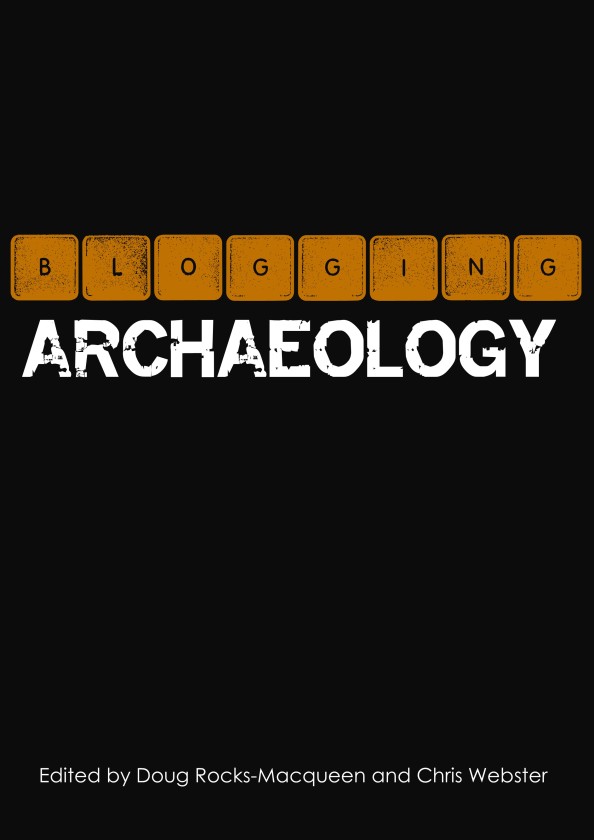





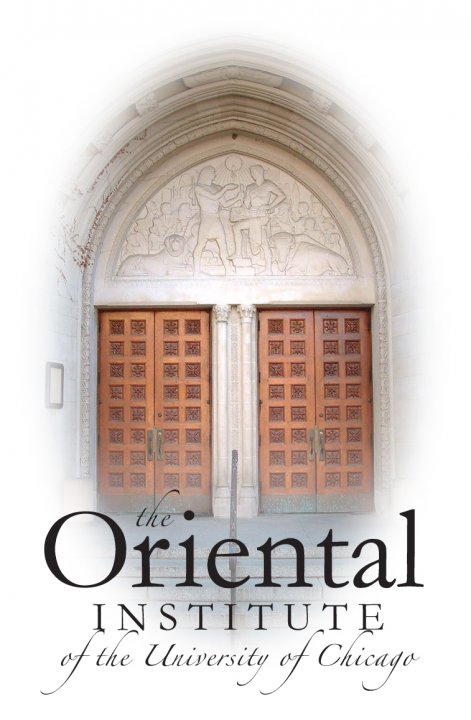

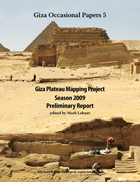

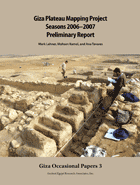
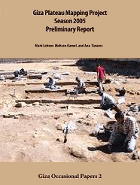
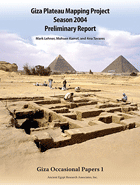











 Stumble It!
Stumble It!
